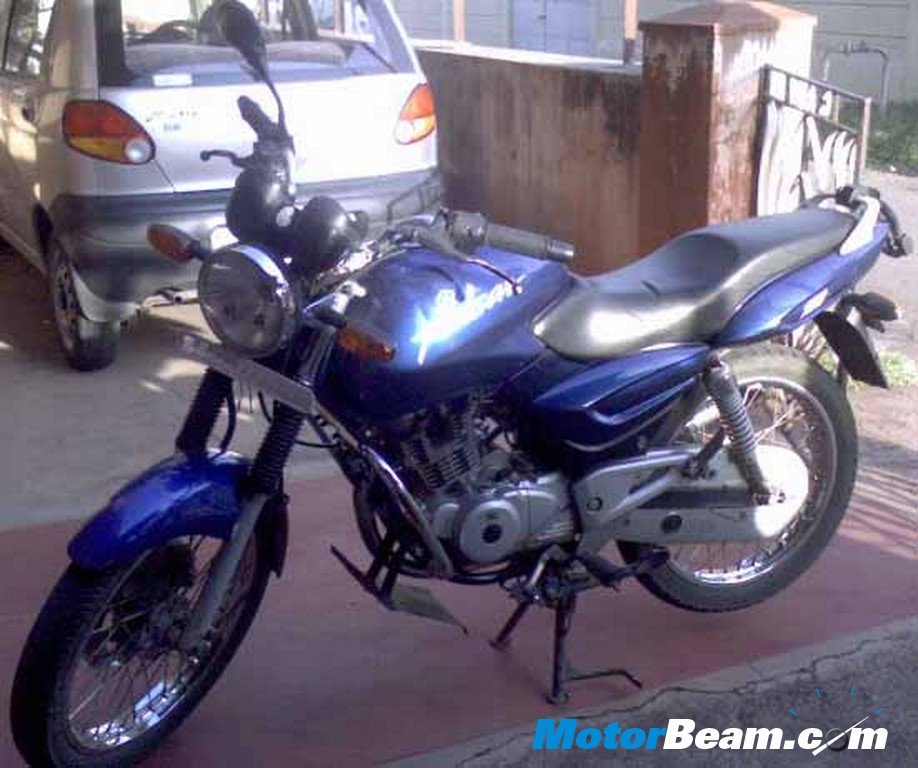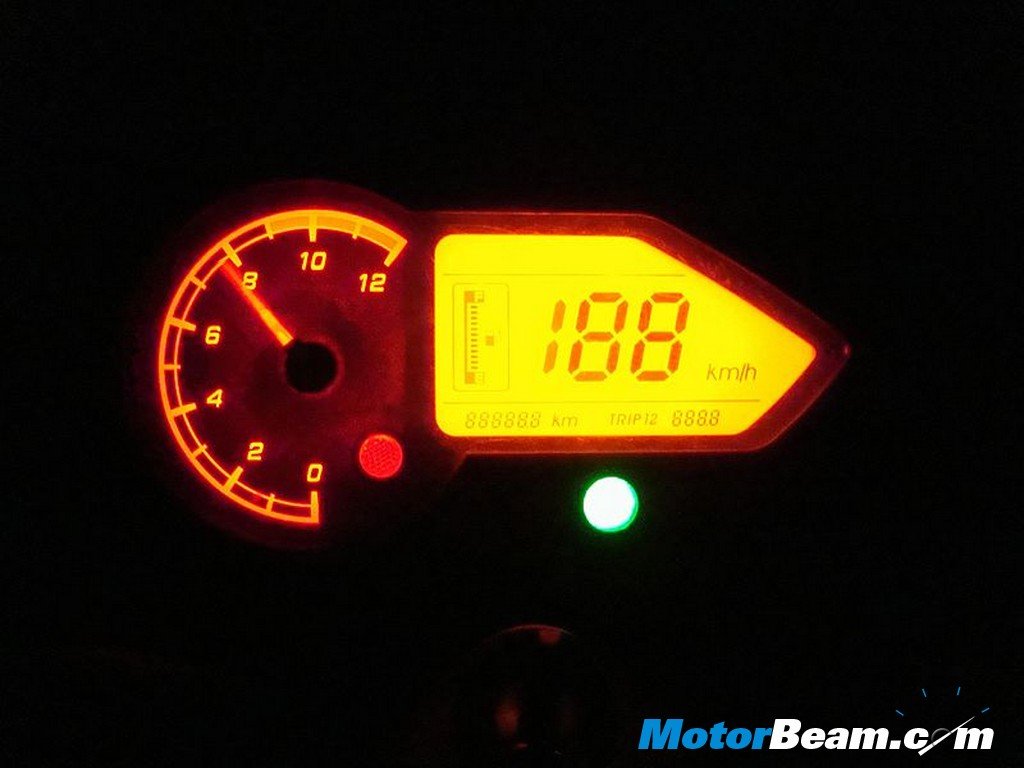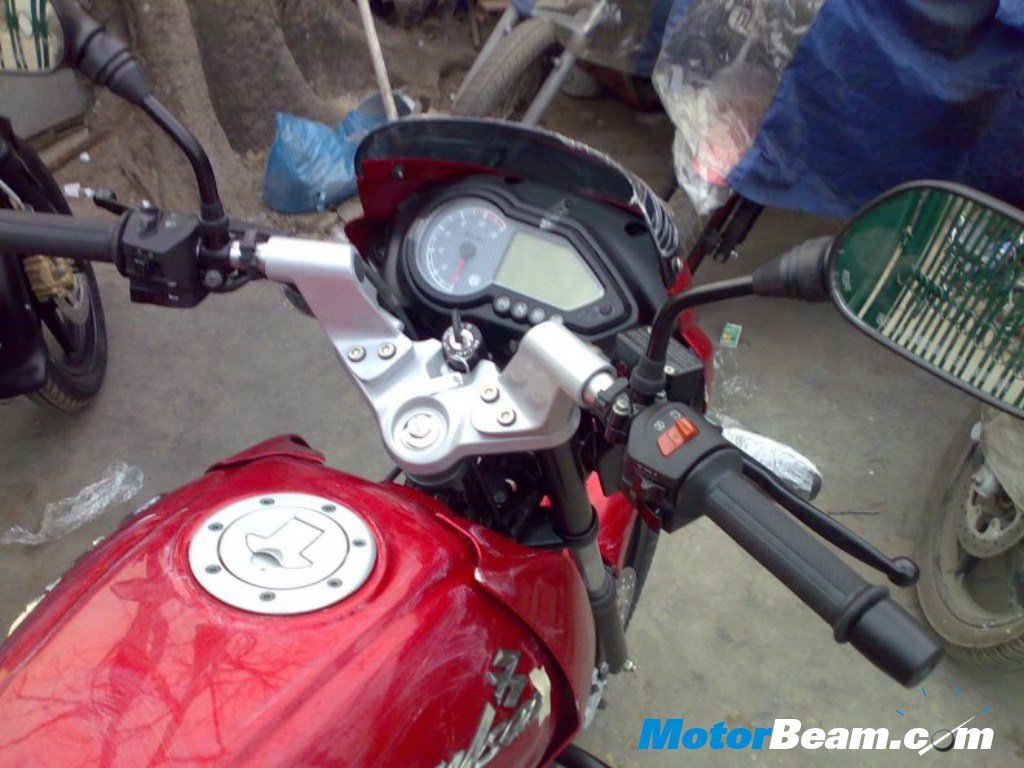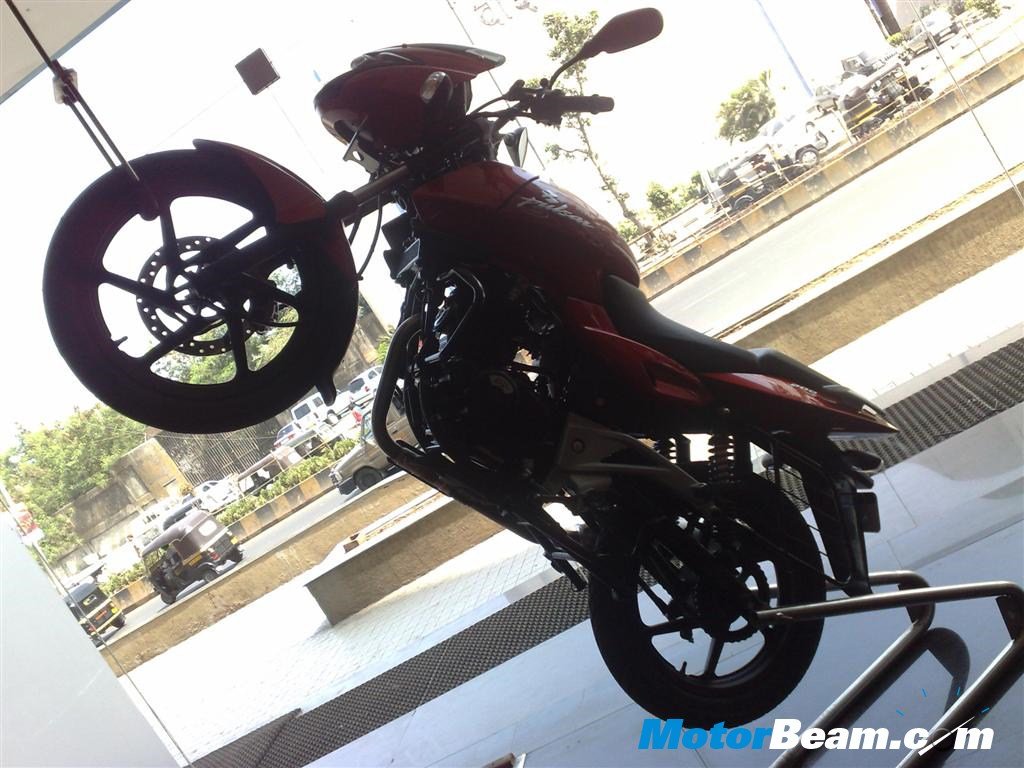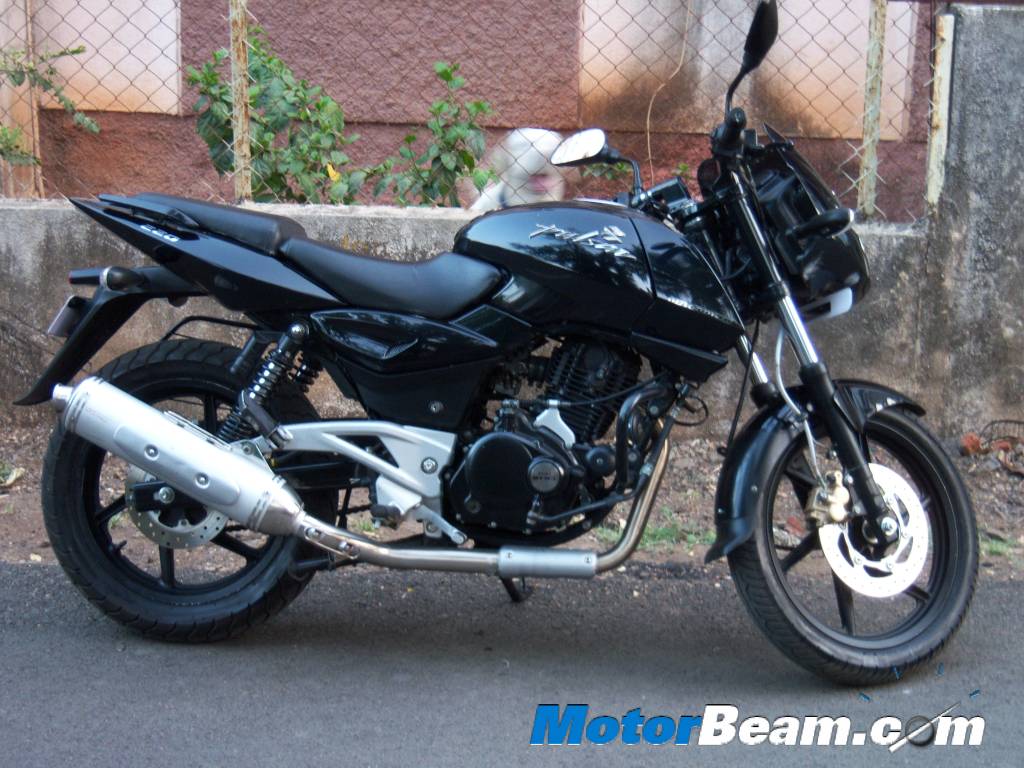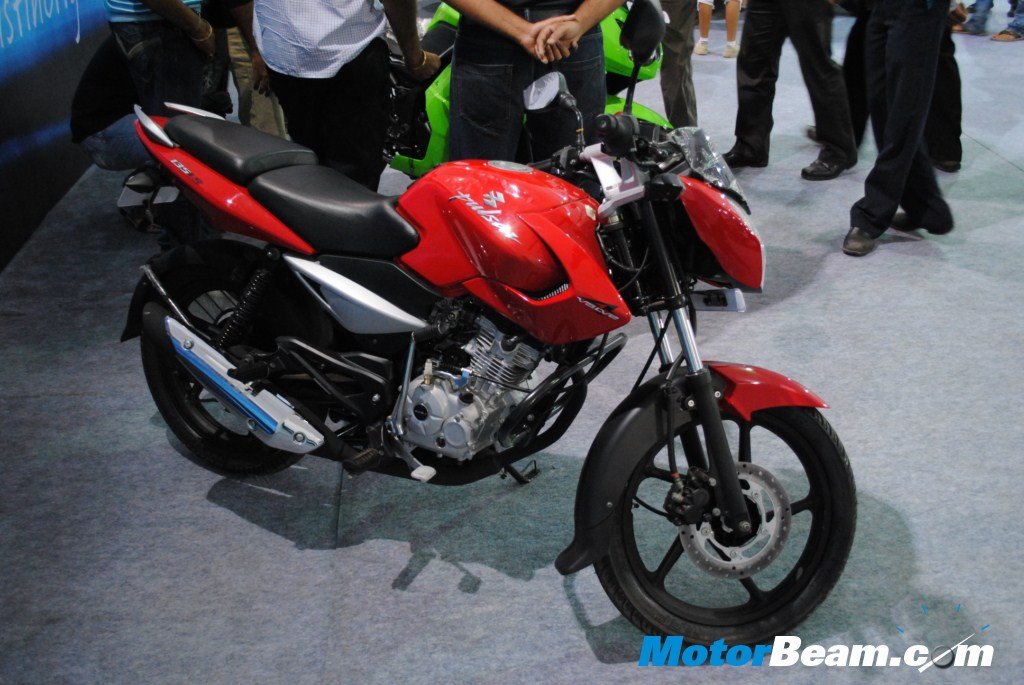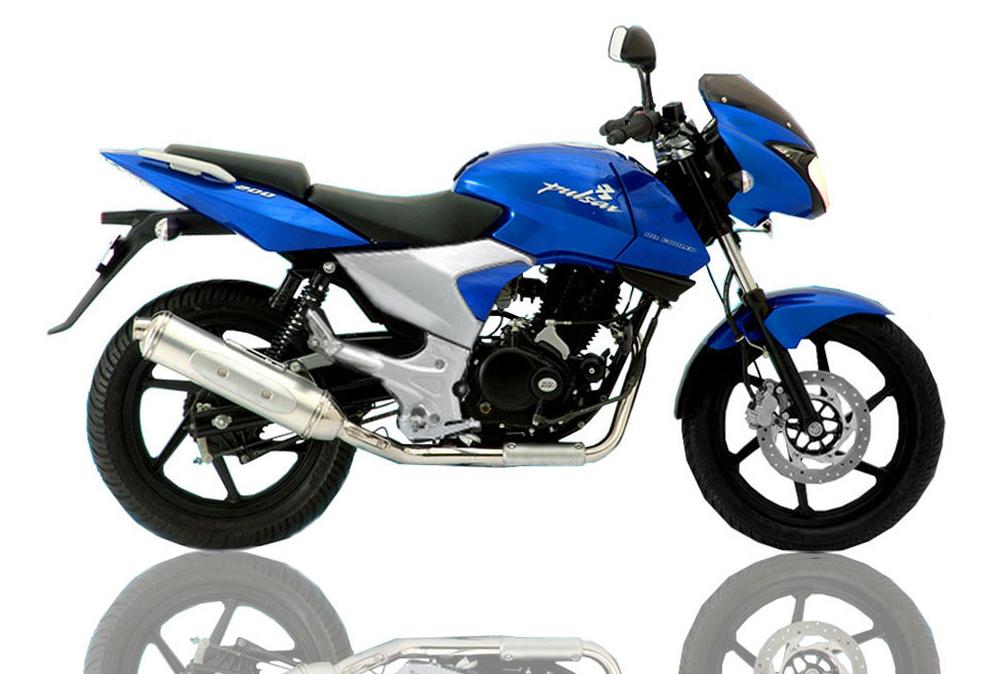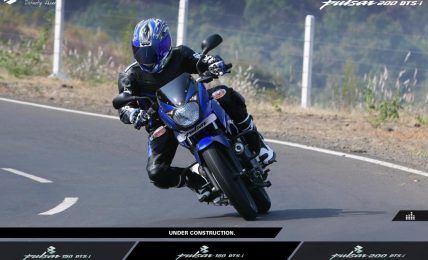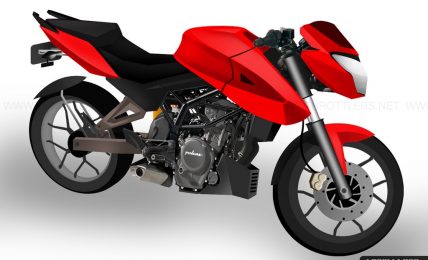The Bajaj Pulsar which changed the entire face of the Indian motorcycling scenario needs no introduction. It created a whole new culture of passionate motorcycling in the Indian biking industry which was dominated before by the Splendors and CD100s from Hero Honda. The Pulsar went on through a lot of changes, minor and major to live up to the expectations of its fans and come 2012, Bajaj is going to unveil a whole new generation of the Pulsar series. Bajaj says that the new upcoming Bajaj Pulsar will again change the game of the Indian motorcycling industry doesn’t resemble the current one in any way. Sources say that the new generation Pulsar will be based on the to-be-launched Duke 200 from KTM which is again owned by Bajaj Auto. I wrote an article about the relationship between Duke and new Pulsar which you can read over here. So 2011 is the year we say goodbye to the old Pulsar which won the hearts of millions of young passionate riders and stunters.
The Pulsar journey from 2001-2011
2001: The year 2001 saw the dawn of a new era; the first generation of Pulsars. The first Pulsar to hit the market was powered by a 150cc air cooled single cylinder 4 stroke petrol engine which delivered a power output of 11.8 BHP. It used a carburettor for sending the air-fuel mixture to the engine and a single spark plug for its ignition. It sported the dome shaped round headlights and its styling was an inspiration derived from a wide open muscular human arm! The 180cc Pulsar launched after that produced a power of 15 BHP and was equipped with electric start as a standard fitment.
2003-2006: The second generation of Pulsar series was launched by Bajaj in 2003 which featured the controversial DTS-i technology. The DTS-i technology helped to increase the power by 1 BHP. However, in 2007 the DTS-i technology came under the legal spotlight when Bajaj charged TVS with violation of its patent. Ultimately the case went in favour of TVS and in 2009 TVS re-launched the Flame model with twin spark plugs. In 2005, Bajaj brought in the concept of 17” alloys for bikes and also bumped up the power output by another 0.5 BHP. The rear shock absorbers were also changed to gas filled nitrox shock absorbers for better ride quality. The Pulsar UG III launched in 2006 saw a host of changes being incorporated to the bike. The changes included pilot lamps separated from the main headlamp, turn indicators with clear lenses and amber bulb, twin-stripe LED tail-light assembly and non-contact backlit switches. It also featured an all new flush LCD screen with digital read-out of key vehicle data which continues till date.
2007-2010: In 2007, Bajaj launched 2 new Pulsars, the 200 DTS-i and thr 220 DTS-Fi. The 220 DTS-Fi featured fuel injection and oil coolers for the first time in the Indian motorcycle markets. It also featured rear disc brakes and clip-on handlebars. The Pulsar 200 went on to become an instant hit among the bike lovers so much that eventually the company had to stop producing the model from July 2009 to focus on its other models. Till date, the Pulsar 200 remains one of the best motorcycles to be developed by Bajaj in the Pulsar series. In 2009, the UG IV series of the Pulsar 150 and 180 got launched which offered an increased power output to 14.09 BHP @ 8500 RPM. The current 3D logo also first appeared at this time and the bike had an all black finish to it. The fuel injection version of the Pulsar 220 was facing some glitches so Bajaj changed it to carburettor and launched it in 2009 tagging it as the “fastest bike in India”. Bajaj also launched its new Pulsar 135 LS which featured a 4 valve engine. The bike had a very aggressive styling and the technology of 4 valves helped in better power delivery at higher RPMs. The final iteration of the Pular series came in the year 2010 with the launch of the UG 4.5 model of the Pulsar 150 featuring clip-on handle bars just like those on the Pulsar 135 LS. The power output was also bumped up to 15.06 BHP. A naked version of the Pulsar 220 was also launched called Pulsar 220S.
2011: The final year of the Pulsar series before they are ready to receive an all new upgrade from the Bajaj guys. The Pulsar 150, 180 and 220F didn’t go through any major upgrades apart from some new colour combinations introduced.
The Pulsar series has won many awards over the years from almost all the leading automotive magazines creating the style statement that if anybody loves motorcycles, this is the motorcycle to go for. I expect the new generation Pulsars to be launched to be one step ahead in creating a new revolution in the Indian motorcycling history.


